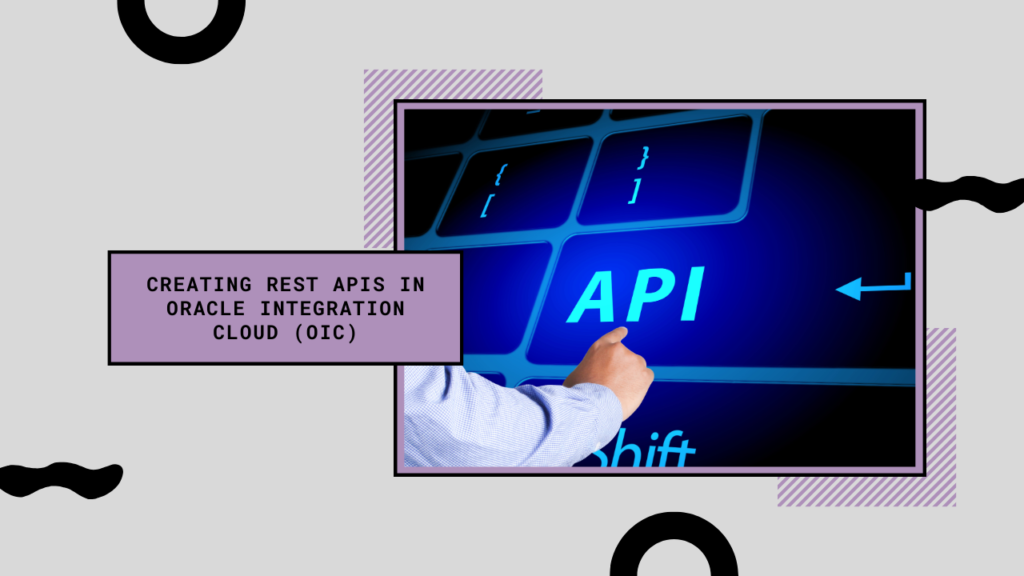The Significance of Career Objectives for Freshers on Resumes

Introduction:
In the competitive job market, crafting a compelling resume as a fresher is crucial. The inclusion of a career objective often sparks debates among job seekers. This blog aims to delve into the significance of career objectives for freshers and their impact on resumes in today’s job landscape.
The Role of Career Objectives in Fresher Resumes
- Defining Career Goals: A career objective provides a snapshot of a fresher’s professional aspirations and career direction. It acts as a compass, guiding potential employers on the candidate’s intended career path.
- Showcasing Purpose: It communicates a fresher’s motivations, highlighting their enthusiasm and commitment towards a specific role or industry. This clarity can captivate recruiters seeking passionate and driven candidates.
- Tailoring Resumes: Crafting a targeted career objective allows freshers to customize their resumes for specific job roles, aligning their skills and ambitions with the employer’s needs.
- First Impression: A well-crafted career objective creates a strong first impression, drawing attention to a candidate’s intent and suitability for the position.
Tips for an Effective Career Objective in Fresher Resumes
- Be Specific and Concise: Clearly state career goals while avoiding generic phrases. Tailor objectives to match the job role and industry.
- Highlight Value Proposition: Emphasize what you bring to the table. Showcase relevant skills, aspirations, and how they align with the employer’s needs.
- Focus on Contribution: Articulate how your aspirations align with contributing to the company’s success, showcasing your eagerness to learn and grow within the organization.
- Avoid Clichés: Steer clear of overused buzzwords and vague statements. Instead, opt for authenticity and clarity in expressing career goals.
Career Objective Examples for Freshers
- Seeking a challenging position in a reputed organization where I can learn new skills, expand my knowledge, and leverage my learnings.
- To get an opportunity where I can make the best of my potential and contribute to the organization’s growth.
- Seeking a position in a company where I can launch my career and build a valuable skill set.
- Seeking a role in an MNC where I can upgrade my skills with time and take the company to the next level.
- A highly motivated and hardworking individual looking for a responsible role in a reputable organization.
- Create value for my prospective employer through my dedicated and diligent efforts.
- I am seeking a role in a company where I can contribute my ideas and be mentored towards a successful career.
- An organized and motivated employee capable of time management and working under pressure in all environments. Seeking to join Acme Corp as an Administrative Assistant to assist in ensuring good internal communications and budget management.
Importance of Adaptability in Resume Writing
- Changing Trends: Resume preferences evolve. While career objectives were once standard, modern resumes often prioritize a summary or profile section that emphasizes skills and achievements.
- Flexibility in Presentation: Candidates have the option to tweak resume formats based on industry standards or specific job applications. A flexible approach allows for experimentation while maintaining relevance.
Conclusion
While the importance of a career objective for freshers remains, its significance has evolved alongside changing resume trends. Freshers should strategically use this section to convey their aspirations, aligning them with the employer’s needs. Ultimately, a well-structured resume that effectively showcases skills, experiences, and enthusiasm can greatly influence recruiters, irrespective of the inclusion of a traditional career objective.









